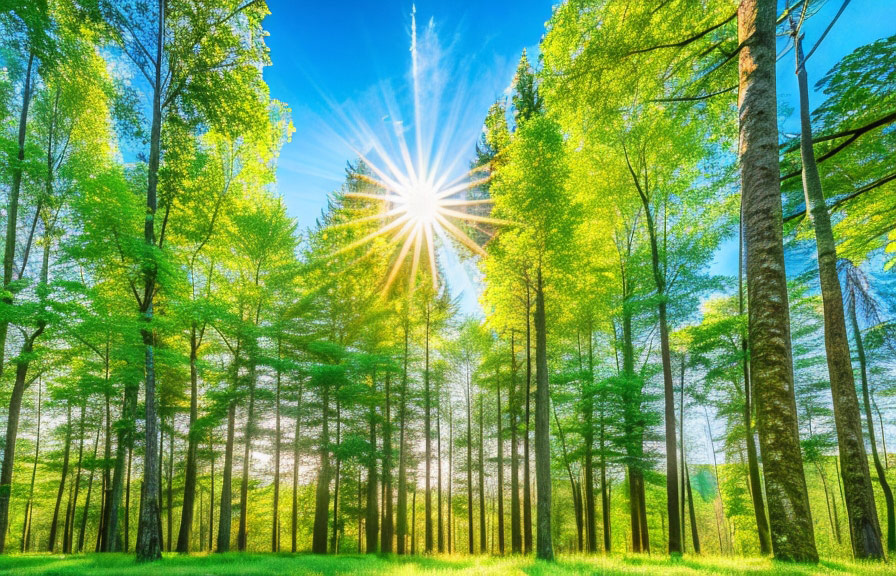Creative ideas for eye-catching landscape photos that transport the audience
Did you know that the world's largest continuous landscape photograph measures an astonishing 6,240 x 1,920 feet? this mind-boggling image, created by artist and photographer jerry gretzinger, showcases the power of landscape photography to capture the imagination.
In this post, we'll explore creative ideas for eye-catching landscape photos that transport the audience and delve into how to find and photograph landscapes that are both visually appealing and thought-provoking. additionally, we'll discuss how to use your camera to capture the vastness and beauty of the natural world.

Finding and photographing visually appealing and thought-provoking landscapes
To create landscape photos that captivate your audience, it's essential to find and photograph locations that offer unique and breathtaking views. here are some tips to help you on your quest:
1. Research your destination. before heading out, spend some time researching the areayou plan to visit. look for iconic landmarks, natural wonders, or unique viewpoints that could make for compelling landscape photos.
2. Visit during the right season. the time of year can have a significant impact on the appearance of a landscape. consider visiting during a season that showcases the location's most striking features, such as fall foliage or spring wildflowers.
3. Arrive early and stay late. the best light for landscape photography often occurs shortly after sunrise and before sunset, known as the golden hours. plan to be on location during these times to capture your subjects in the most flattering light.
4. Embrace the elements. weather can play a significant role in creating thought-provoking landscape images. dramatic clouds, mist, or even rain can add depth, mood, and atmosphere to your photos.
Capturing the vastness and beauty of the natural world
Once you've identified the perfect landscape, it's time to use your camera to capture its grandeur. here are some techniques to help you create images that showcase the vastness and beauty of nature:
1. Use a wide-angle lens. wide-angle lenses allow you to capture more of the scene in a single frame, emphasizing the vastness of the landscape. experiment with different focal lengths to find the one that best conveys the scope of your subject.
2. Incorporate a foreground element. including a strong foreground element can help create a sense of depth and scale in your images. look for interesting rocks, plants, or other features to anchor your composition and draw the viewer's eye into the scene.
3. Employ leading lines. leading lines are natural or man-made lines that guide the viewer's eye through the image. use pathways, rivers, or even the contours of the land to create a visual journey that transports your audience.
4. Create panoramic images. stitching together multiple shots to create a panoramic image is an excellent way to showcase the vastness of a landscape. just be sure to use a tripod and overlap your images by at least 30% to ensure seamless blending.
Creative ideas for eye-catching landscape photos
With these foundational techniques in mind, let's dive into some creative ideas to make your landscape photos stand out:
1. Experiment with long exposures. using a slow shutter speed can create a sense of movement in your images, whether it's the flow of a river, the movement of clouds, or the passage of time as the stars trail across the sky.
2. Embrace the night. nighttime landscapes offer a unique opportunity to capture the beauty of the natural world under a blanket of stars. be sure to use a sturdy tripod and a high iso setting to capture the faint light of the night sky.
3. Look for reflections. bodies of water can act as a natural mirror, reflecting the landscape and creating stunning, symmetrical compositions. experiment with different perspectives and water surfaces to find the perfect reflection.
4. Capture the changing seasons. documenting the transformation of a landscape over time can create a powerful narrative in your images. revisit the same location during different seasons to showcase the dynamic nature of the environment.
A little-known fact about landscape photography
Did you know that the first known landscape photograph was taken in 1826 by french inventor joseph Nicephore Niepce? his pioneering image, known as "view from the window at le gras," shows the view from his window in the burgundy region of france.
This historic photograph paved the way for future generations of landscape photographers to capture the beauty of the natural world.
Conclusion
Creating eye-catching landscape photos that transport the audience requires a combination of careful planning, technical skill, and creative vision. by seeking out visually appealing and thought-provoking locations, employing techniques that capture the vastness and beauty of nature, and exploring unique ideas, you'll be well on your way to creating
Images that captivate and inspire. so grab your camera, head out into the great outdoors, and start capturing the incrediblelandscapes that our world has to offer!
